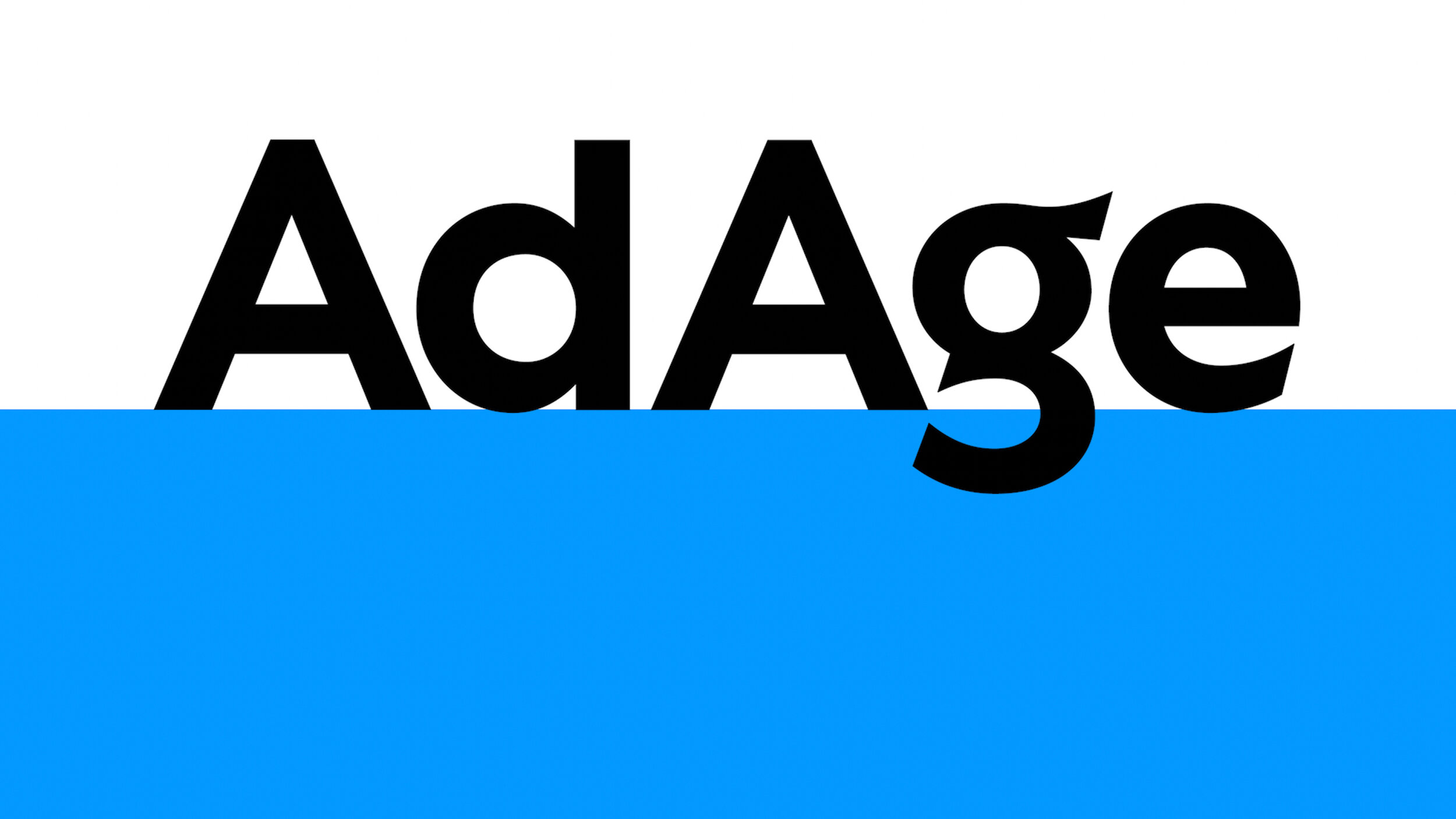
How does a magazine become a brand?
Since 1930, Ad Age has served as the must-read for an influential audience of decision makers and disruptors across the marketing and media landscape. In 2016, we embarked on a journey to reimagine Advertising Age into a single brand, unifying events, honorifics, a business intelligence platform, creative reviews and the award-winning editorial coverage under the newly shortened Ad Age moniker. We worked with the team at Champions Design led by Jennifer Kinon, beginning with an audience-driven strategy and resulting in a channel-agnostic approach.
Digital platforms and live events (the places where the overwhelming majority of people encounter our brand) informed printed design, rather than the other way around. We also rethought our voice to become a more contemporary colleague, without divesting ourselves of the authority we’d managed to accumulate in the preceding decades.
And this overhaul was all completed—kick-off to launch—in 7 months.






Making it breathe
Each year, the Ad Age A-List and Creativity Awards Gala brings hundreds of the industry’s most important agency and creative executives together to celebrate a year of excellence in advertising and marketing. Beginning with the 2018 gala, I worked with a talented team at R/GA to develop our moving (living/breathing) graphic form. The opening reel speaks for itself.
Striping the user experience
Applying the Ad Age branding across digital products from AdAge.com to the Ad Age Breaking News App





Experiential Ad Age
Each year, at dozens of Ad Age events and awards programs, leaders from across the industry gather to hear, share and exchange perspectives, strategies, ideas, and creative—and to honor the best among them for their achievements. These events also bring our brand to life in three-dimensional form—from trophies to stages to bags to collateral.






































Reimagining the magazine experience
The Ad Age print magazine, which was started as a newspaper in 1930, is the longest-standing piece of the brand ecosystem. Using visual language from our heritage as a newspaper to communicate the brand’s authority, a system of design that both embraced and moved beyond the history of the printed page emerged.
That put a tremendous amount of weight on the visuals, and that meant commissioning extraordinary photography and illustration. This gallery represents a small sample of exemplary collaborations, with photographers such as Stephanie Diani, Jill Greenberg, Robyn Twomey, Kwaku Alsoton, Robert Trachtenberg, Shannon Taggart, Saverio Truglia, Ben Baker, and Robert Ascroft.

Cindy Gallop at her home in New York by Robyn Twomey

Questlove in New York by Ben Baker

Nancy Dubuc at Vice headquarters in Brooklyn by Jill Greenberg

Andre Banilevi at Varick Media headquarters in Manhattan by Shannon Taggart

Toby Byrne on set in Chicago by Saverio Truglia

Dwayne "The Rock" Johnson and Dani Garcia on set in Vancouver by Robert Ascroft

Colleen DeCourcey and Susan Hoffman on set in New York by Robyn Twomey

Luis Miguel Messianu in New York by Stephanie Diani

Maria Sharapova in Los Angeles by Robert Trachtenberg

Sheryl Sandberg at Facebook headquarters in Menlo Park by Kwaku Alston

The Wieden+Kennedy leadership team in New York by Stephanie Diani

Matt Weiner at The Gramercy Park Hotel in New York by Robyn Twomey

Megan Kelly at NBC's 30 Rockefeller Center by Stephanie Diani

Kirsten Lemkau at Chase headquarters in Manhattan by Shannon Taggart

Elizabeth Banks in Hollywood by Robert Trachtenberg

Julie Guggemos at Target headquarters in the Twin Cities by Anthony Georgis

Brian Lesser on set in New York by Jill Greenberg











